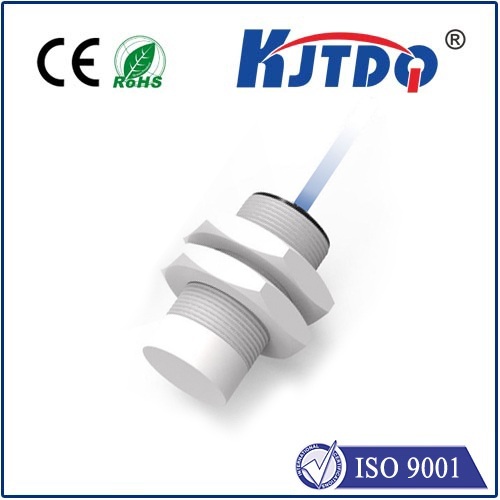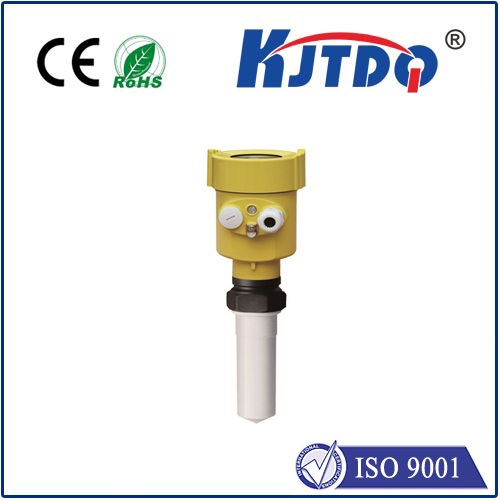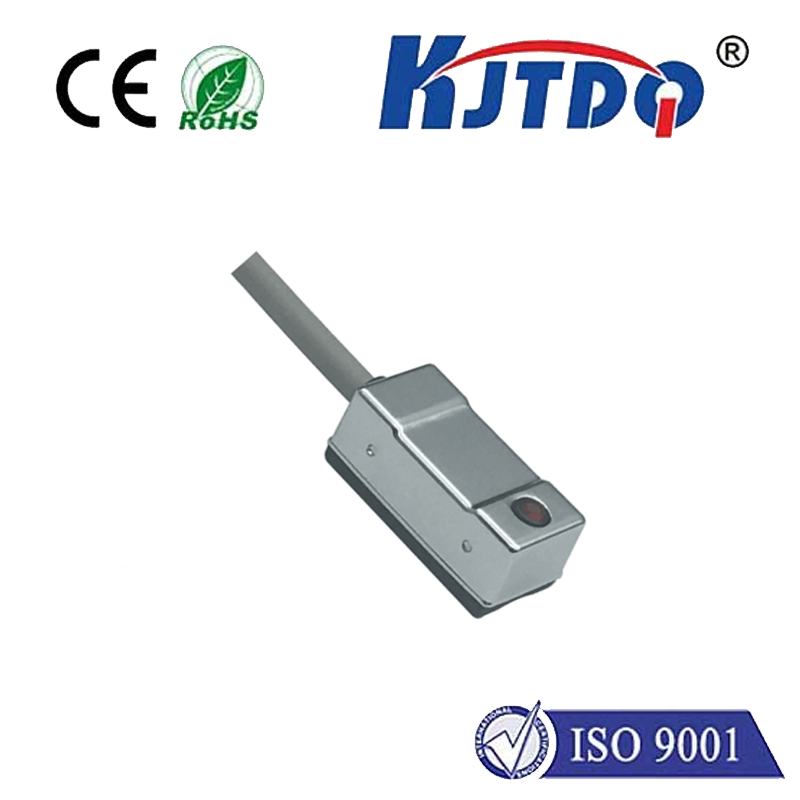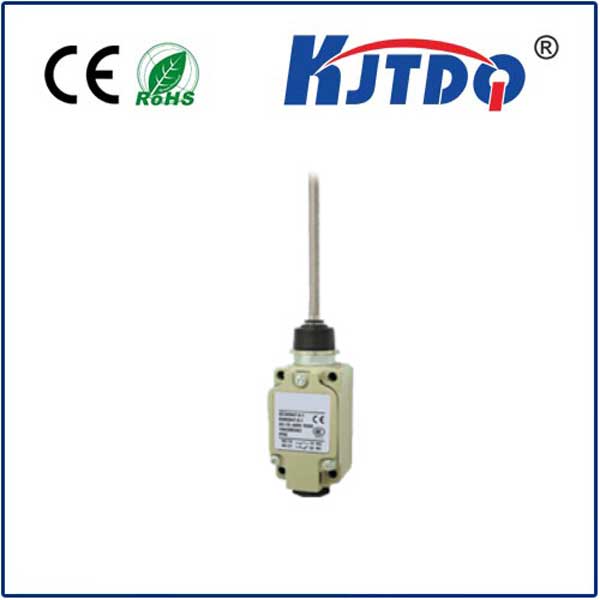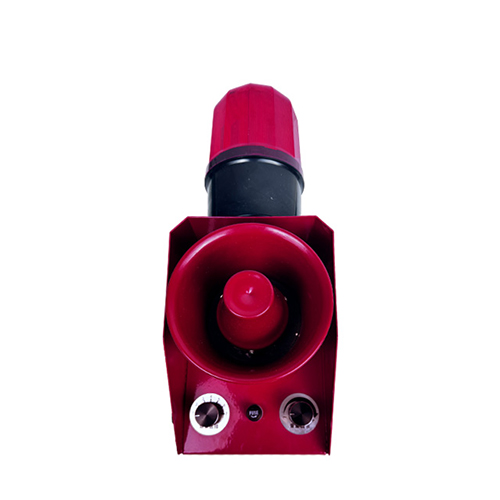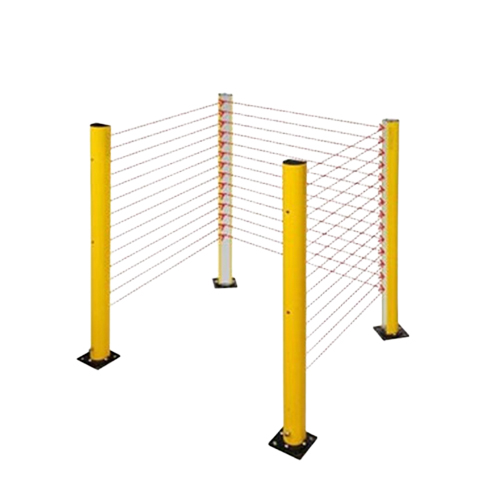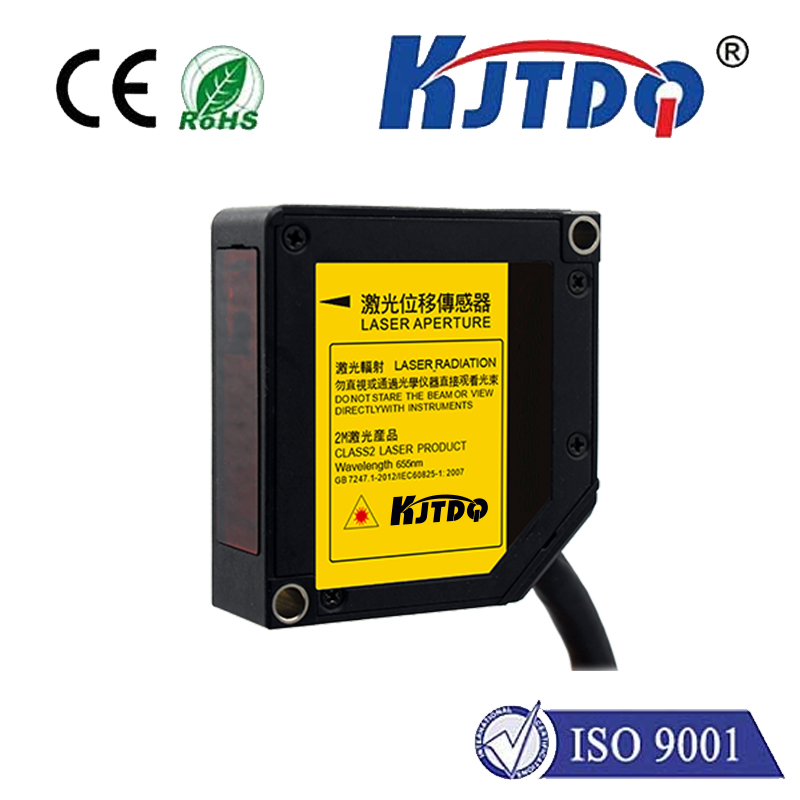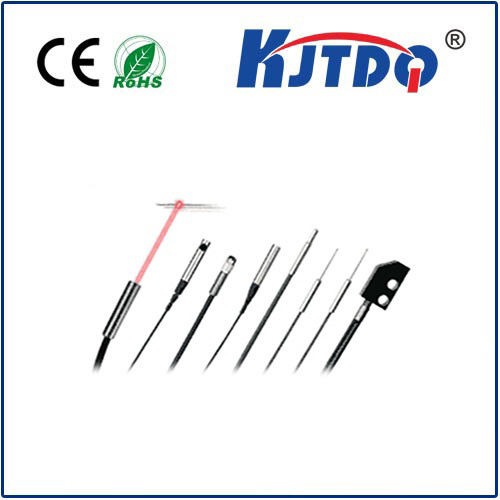switch beam photoelectric switch sensor
- time:2025-09-12 00:15:56
- Click:0
Mastering Precision Detection: Your Guide to Switch Beam Photoelectric Switch Sensors
Light The Way to Reliable Automation: Understanding Switch Beam Photoelectric Sensors
In the intricate world of industrial automation, reliably detecting objects is paramount. Whether it’s ensuring product presence on a conveyor, verifying correct positioning in an assembly line, or safeguarding personnel near machinery, the choice of sensor is critical. Among the most robust and versatile solutions for long-range, high-precision detection stand switch beam photoelectric switch sensors. These workhorses form an invisible yet powerful barrier of light, offering unparalleled reliability in demanding environments. This guide delves into what they are, how they work, and why they might be the optimal solution for your detection challenges.
Understanding the Foundation: What is a Switch Beam Photoelectric Switch Sensor?
At its core, a switch beam photoelectric switch sensor (often simply called a through-beam sensor) operates on a fundamental principle: it uses a beam of light transmitted between two separate units. One unit, the emitter, projects a focused beam of light, typically infrared (IR) for its invisibility and resistance to ambient light interference. The second unit, positioned directly opposite, is the receiver. Its sole function is to detect the presence or absence of this transmitted light beam.
The Working Principle: An Invisible Tripwire

The operation is elegantly simple:
- Constant Beam Transmission: The emitter continuously sends out its modulated light signal.
- Reception State: Under normal conditions (no object in the beam path), the receiver detects this signal and sends an output signal indicating “beam present” or “no object detected” (depending on the sensor’s logic configuration – Light ON or Dark ON).
- Interruption Detection: When an object passes between the emitter and receiver, it physically blocks the light beam.
- Output Change: The receiver instantly detects the absence of the light signal. This triggers a change in the sensor’s electrical output state, signaling “beam broken” or “object detected.”
This binary operation (beam present / beam absent) makes the switch beam photoelectric switch sensor exceptionally reliable for clear-cut detection tasks.
Where Switch Beam Sensors Shine: Key Applications
The inherent robustness of the through-beam design gives these sensors significant advantages in specific scenarios:
- Long-Range Detection: Undoubtedly their strongest asset, switch beam sensors excel at detecting objects over distances significantly larger than other photoelectric types (like diffuse reflective or retro-reflective). Ranges can easily extend from a few meters up to tens or even hundreds of meters with powerful emitters and sensitive receivers. Think warehouse door monitoring or large conveyor systems.
- High Precision & Accuracy: Because they detect the physical interruption of the beam, not reflections, positional accuracy is extremely high. The detection point is precisely defined by the beam itself. This is vital for tasks like precise counting or part positioning where minor variations matter.
- Detection of Difficult Objects: Switch beam sensors are highly effective regardless of the object’s surface characteristics. Whether the object is shiny, matte, dark, transparent, or opaque, as long as it interrupts the beam, it will be detected. This makes them ideal for detecting glass bottles, clear films, or highly reflective metal parts where other sensors might struggle.
- Dirty or Challenging Environments: Paired units are often designed to be highly resistant to dust, light smoke, and ambient light interference, especially those using modulated IR light. This reliability is crucial in foundries, woodworking, or outdoor applications.
- High-Speed Applications: The near-instantaneous response time to beam interruption allows switch beam sensors to accurately detect objects moving at very high speeds on production lines.
Advantages Over Other Sensor Types
Comparing switch beam photoelectric switch sensors to alternatives highlights their unique value:
- Vs. Diffuse Reflective Sensors: Diffuse sensors have a single unit that emits light and detects the reflection off the target. They are simpler to install (no alignment needed) but have shorter ranges, lower accuracy, and performance can be heavily influenced by target color, reflectivity, and surface angle. Switch beam sensors win on range, precision, and reliability across varied surfaces.
- Vs. Retro-Reflective Sensors: These use a single sensor unit and a reflector. They offer longer range than diffuse sensors but shorter than true through-beam. Detection relies on the beam being reflected back, meaning highly reflective or transparent objects might not reliably break the beam. Switch beam sensors provide superior range and guaranteed detection for transparent/reflective objects.
Critical Considerations for Implementation
While powerful, switch beam photoelectric switch sensors require careful consideration during selection and installation:
- Alignment: Precise alignment between the emitter and receiver is absolutely critical. Vibrations or movement in the mounting structure can cause misalignment and false triggers. Rigid mounting and periodic checks are essential. Some models feature visible red light aiming beams or audible alignment aids to simplify setup.
- Installation Complexity: Running cables and power to two separate units (emitter and receiver) can be more complex and costly than installing a single-unit sensor, especially over long distances or in hard-to-reach areas.
- Cost: Generally, the cost of two units plus potentially longer cabling makes the initial investment higher compared to single-unit sensors.
- Beam Blockage Potential: Unlike other sensors, anything breaking the beam path (not just the intended target) will trigger a detection. Ensuring the beam path is clear of unintended obstructions (like stray debris, moving machinery parts, or personnel) is vital for reliable operation. Physical guards or careful placement mitigate this risk.
- Power Requirements: Both the emitter and receiver require a power source, which must be factored into the system design.
Choosing the Right Switch Beam Sensor: Factors to Weigh
Selecting the optimal switch beam photoelectric switch sensor involves evaluating several factors:
- Required Sensing Distance: Match the sensor’s specified range to your application’s needs, including a safety margin.
- Environmental Conditions: Consider temperature extremes, dust, moisture (IP rating), chemical exposure, and ambient light levels. Choose sensors with appropriate ingress protection and robust construction.
- Object Characteristics: While generally good with all materials, ensure the beam is sufficiently blocked by very small or thin objects if required.
- Output Type & Logic: Define if you need a digital switch output (NPN, PNP), relay, or analog. Decide on the operating logic (Light ON - output active when beam present; Dark ON - output active when beam blocked).
- Power Supply Voltage: Ensure compatibility with your control system voltage (e.g., 10-30V DC).
- Mounting & Connection: Consider physical size, mounting options (bracket types), and connection types (cables, connectors).
When long-range, high-precision, and reliable detection of virtually any object type is paramount, especially in challenging industrial environments, the switch beam photoelectric switch sensor proves an indispensable tool. By understanding their principle, strengths, and implementation nuances, engineers and system integrators can leverage this robust technology to build more efficient, accurate, and safer automated systems, ensuring the smooth flow of operations powered by an invisible beam of light.






